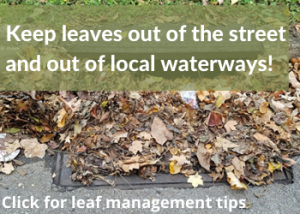Salt Creek of Sangamon & Lower Sangamon River Watershed
This report is a Total Maximum Daily Load (TMDL) for the Salt Creek of Sangamon River and the Lower Sangamon River Watersheds. The purpose is to describe the watersheds, confirm impairments and identify the procedure for developing the TMDL. Salt Creek of Sangamon & Lower Sangamon River Watershed




